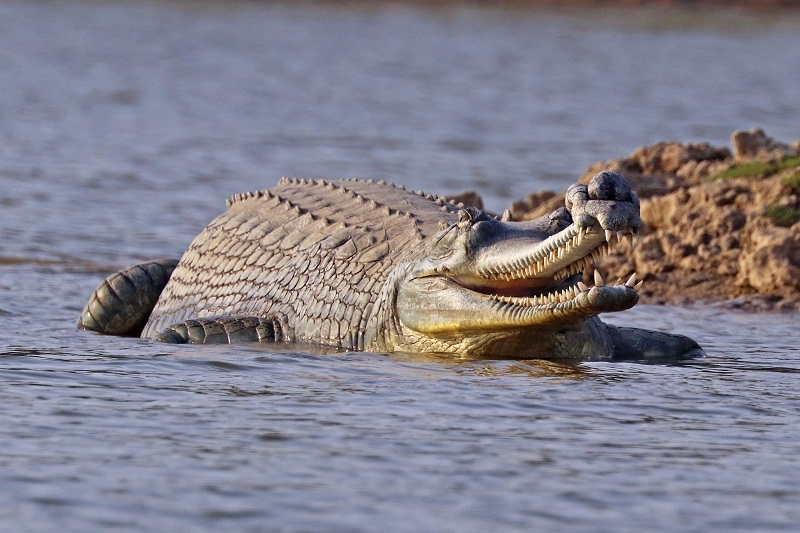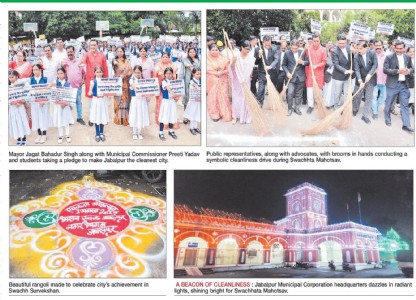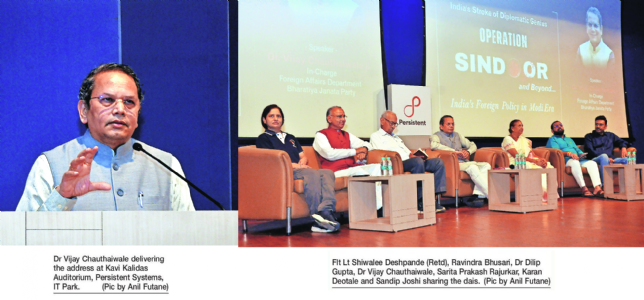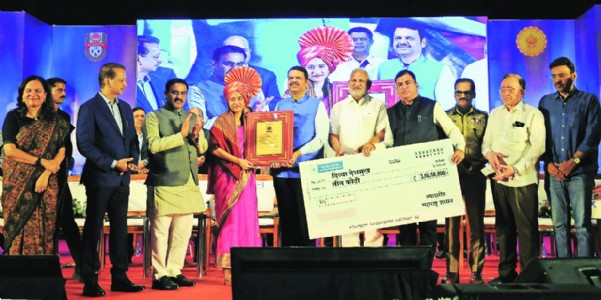Endangered Gharials not safe even in sanctuaries
| Date :16-Jun-2019 |

By Anshuman Bhargava:
The Gharials an endangered species and the National Chambal Gharial Sanctuary was established in 1978 in Morena for the conservation of this species. Now during summers, the Chambal riverbed starts drying up and by June, it is almost bereft of any water. Water from the Chambal is supplied in some part to Agra, Bharatpur and Morena
The scorching summer has its effect on wildlife as well. Though zoos in most cities make arrangements to keep their inmates cool and hydrated, such facilities cannot be had in the wild or in national parks. One such victim of the rising heat is the fish-eating crocodile – popularly known as the Gharial. The Gharials an endangered species and the National Chambal Gharial Sanctuary was established in 1978 in Morena for the conservation of this species. Now during summers, the Chambal riverbed starts drying up and by June, it is almost bereft of any water. Water from the Chambal is supplied in some part to Agra, Bharatpur and Morena. This further reduces water availability in the sanctuary. As a result, a new trend is being seen wherein the crocs are shifting towards the adjacent Yamuna river.
The Yamuna, on the other hand, is detrimental to their health and survival, simply because much of the river now remains no better than a highly polluted nullah. Moreover, the Chambal ecosystem is different, with expansive sandbanks along with it that is suitable for the crocodile’s breeding. There is no such facility along the Yamuna. Sand mining is another detrimental factor for the sanctuary’s future. Morena is the hotbed of sand mining not only in Madhya Pradesh but in India too and no Government has been able to effectively handle the domination of the sand mafia in the region. The degradation and erosion of the traditional sandbanks on the sides of the river are posing problems for the 1,600-odd Gharials in the sanctuary as they are not finding a suitable breeding ground and shelter for their eggs. In that case, the life and future of the Gharials decidedly doomed.
Fishing and farming activities in ecologically sensitive spots also further damage the Gharialecosystem and belie the purpose of the sanctuary as the Chambal water is continually drained and the Gharials getting neither water nor its food – i.e. fish. In the last 30 years industries have grown all around the catchments of Chambal, while pesticide residues and sewage effluents adversely impact Gharials, birds and their hatching success. Perhaps the Governments of Uttar Pradesh and Madhya Pradesh can take cues from the success of the estuarine crocodile project in Bhitarkanika in Odisha.
The ecology at this internationally acclaimed sanctuary has been so well protected from undue human interference that the muggers have found a safe haven and their numbers are growing bountifully. We need such conservation efforts for the Gharials well. The condition of the Son Gharial Sanctuary, the second one in Madhya Pradesh, established in 1981, is no better either.
A year back NGT took the Government to task for its poor show and asked it to form a committee for Gharial resurrection. The building of the Bansagar Dam on the river has sealed the fate of the reptiles. Unless we learn to respect nature and give due space and rights to our wildlife assets, we won’t be able to save our own future.






